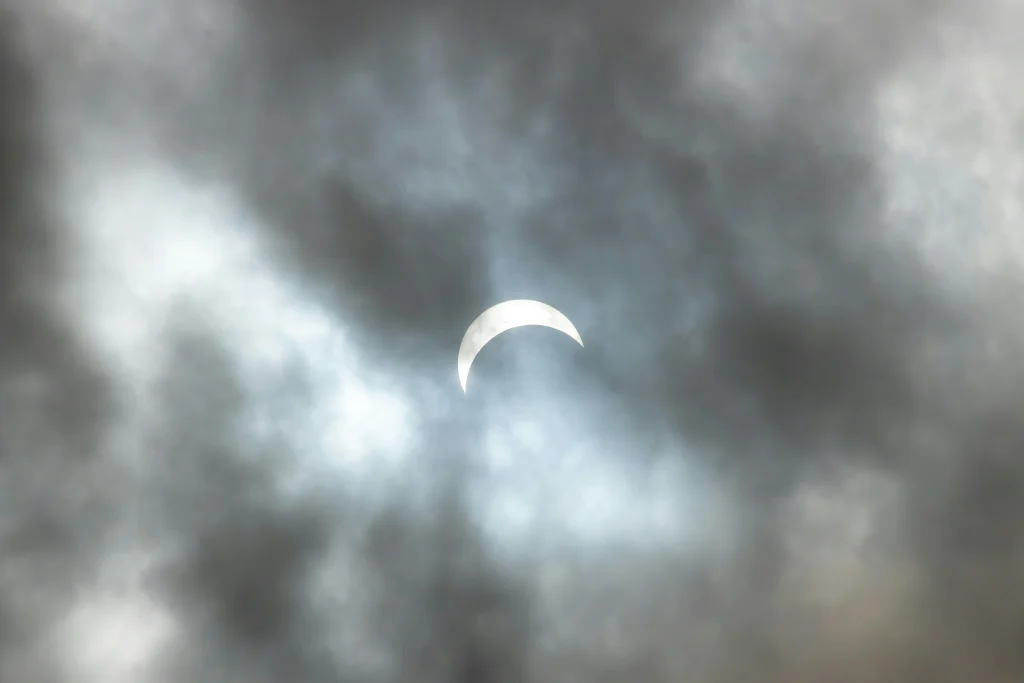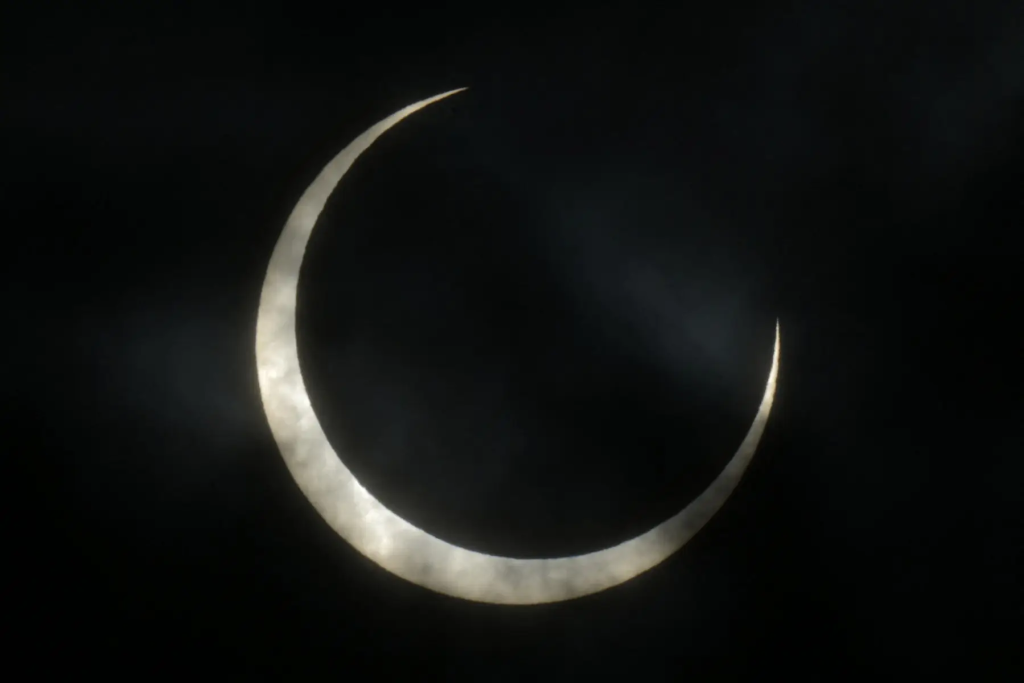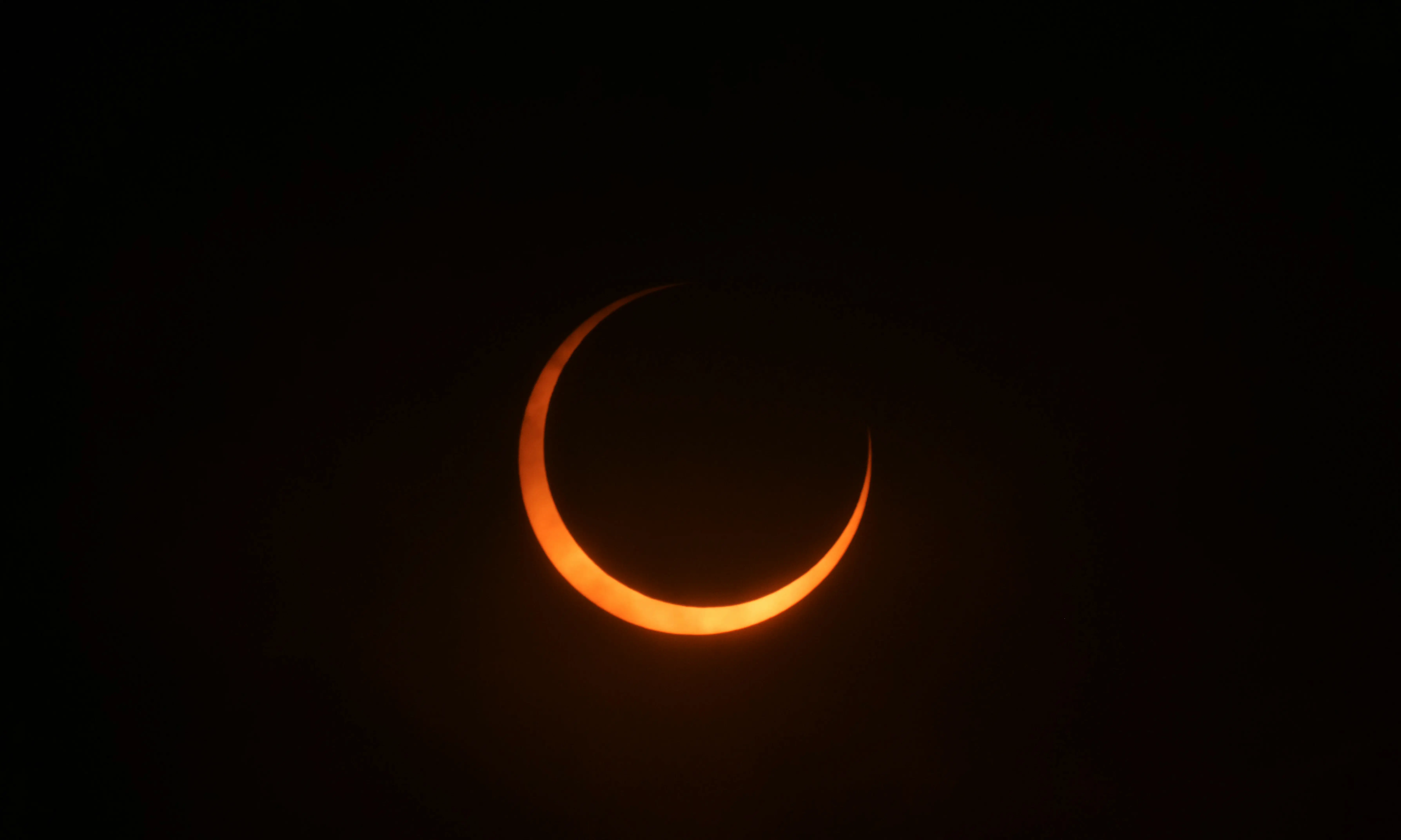This weekend brings a striking astronomical spectacle: a partial solar eclipse producing a crescent-shaped sunrise. Yet, only a handful of people on Earth will catch it. Observers in New Zealand, parts of the South Pacific, and Antarctica will be among the rare few able to witness the phenomenon.

Nicknamed the “equinox eclipse,” this event is notable because it coincides with September’s equinox — the point when the Sun appears to cross the celestial equator, marking the start of spring in the Southern Hemisphere and autumn in the Northern Hemisphere.
Unlike a total solar eclipse, where the Moon completely blocks the Sun and reveals its corona, this one is partial. A slice of the Sun will remain visible, producing the illusion of a “solar crescent” at dawn. In Antarctica’s Ross Sea region and southern New Zealand, up to 86% of the Sun’s disk will be obscured.

The eclipse begins at 1:29 p.m. and ends at 5:53 p.m. Eastern Time on September 21, which coincides with sunrise on September 22 for the Southern Hemisphere. In Dunedin, New Zealand, the Sun will rise already partially eclipsed at 6:27 a.m. local time, reaching a maximum of 72% coverage about 40 minutes later. In Auckland, the Sun rises earlier at 6:10 a.m., with a peak coverage of 61%. Further north, in places like Fiji and Tonga, the effect will be much weaker.
Because the eclipse’s path lies mostly over remote oceans and icy terrain, only a minuscule fraction of the world’s population will be able to see it firsthand.
The next solar eclipse — an annular “ring of fire” — is set for February 17, 2026, but again its visibility will be largely limited to Antarctica.



